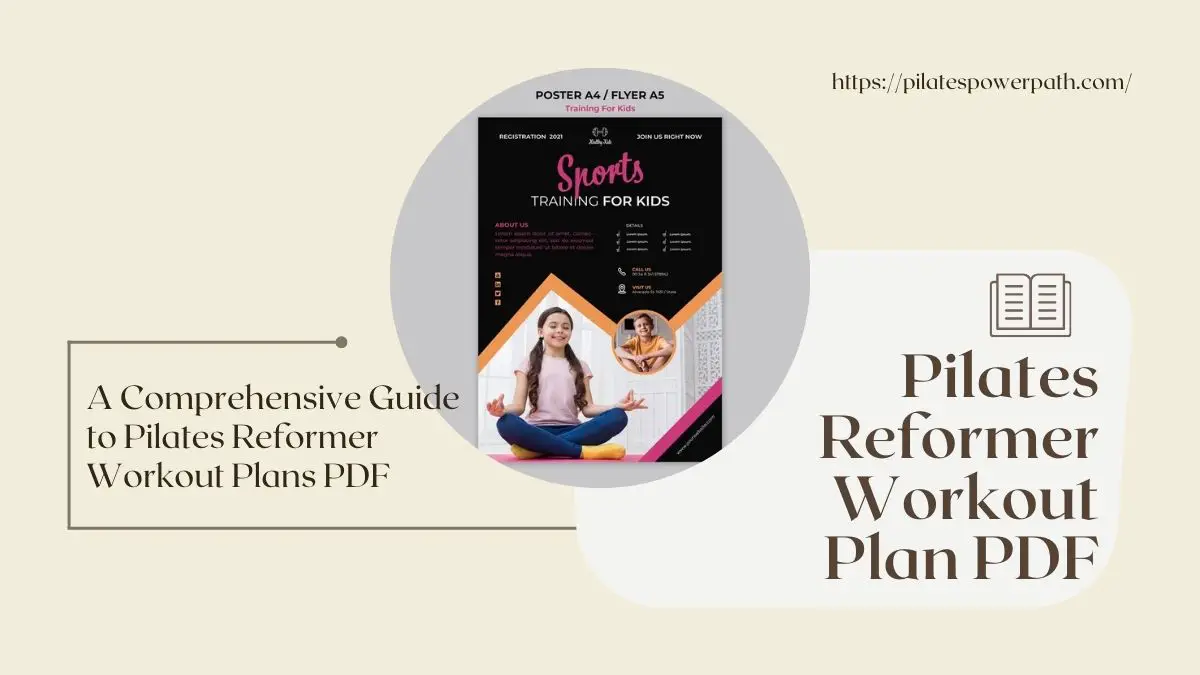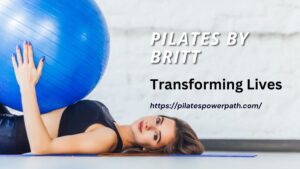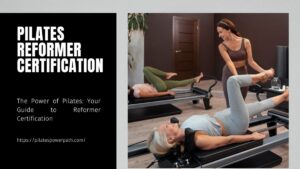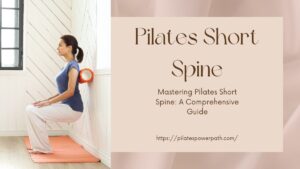Are you tired of your same old workout routine? Are you looking to add excitement and effectiveness to your fitness regimen? Look no further than Pilates Reformer workouts. In this comprehensive guide, we’ll explore everything you need to know about Pilates Reformer workout plans, from understanding the basics to creating a personalized routine that suits your fitness goals. Get ready to revitalize your fitness journey and achieve results you never thought possible.
Understanding Pilates Reformer Workouts
What is Pilates Reformer?
The Pilates Reformer is a versatile piece of equipment designed to enhance Pilates exercises by providing resistance through a system of springs and straps. It consists of a sliding carriage attached to a frame, along with various adjustable components. The Reformer allows for a wide range of exercises that target different muscle groups, making it a highly effective tool for improving strength, flexibility, and overall body awareness.
Benefits of Pilates Reformer Workouts
Pilates Reformer workouts offer a multitude of benefits for individuals of all fitness levels. One of the primary advantages is improved core strength and stability. Many Reformer exercises engage the deep abdominal muscles, as well as muscles in the back, hips, and shoulders, resulting in a stronger and more stable core. Additionally, the Reformer provides resistance throughout the entire range of motion, leading to increased muscle strength and endurance. This can help enhance performance in other activities and reduce the risk of injury.
Read More: The Power of Pilates: Your Guide to Reformer Certification
Safety Precautions and Guidelines
While Pilates Reformer workouts are generally safe for most people, it’s important to take proper precautions to prevent injury. Beginners should start with basic exercises and gradually progress to more advanced movements as their strength and flexibility improve. It’s also essential to maintain proper form and alignment throughout each exercise to avoid strain on the joints and muscles. If you have any pre-existing medical conditions or injuries, consult with a healthcare professional before starting a Pilates Reformer workout program.
Creating Your Pilates Reformer Workout Plan
Assessing Your Fitness Level and Goals
Before diving into a Pilates Reformer workout plan, it’s crucial to assess your current fitness level and establish realistic goals. Take stock of your strengths and weaknesses, as well as any specific areas you’d like to target, such as core strength, flexibility, or overall conditioning. Setting clear and achievable goals will help guide your workout plan and keep you motivated along the way.
Understanding Pilates Reformer Exercises
To create an effective workout plan, it’s essential to understand the different types of Pilates Reformer exercises and how they target specific muscle groups. Reformer exercises can be categorized into four main types: lower body, upper body, core strengthening, and flexibility/mobility. Lower body exercises often focus on the legs and glutes, while upper body exercises target the arms, shoulders, and chest. Core strengthening exercises engage the abdominals, obliques, and back muscles, while flexibility and mobility exercises help improve the range of motion and joint stability.
Structuring Your Workout Plan
Once you have a grasp of the various Pilates Reformer exercises, it’s time to structure your workout plan. Start by incorporating a combination of exercises from each category to ensure a balanced and comprehensive routine. Aim to include exercises that target all major muscle groups while also incorporating elements of flexibility and mobility training. Depending on your fitness level and goals, you may choose to focus on specific areas or vary the intensity and duration of each workout session.
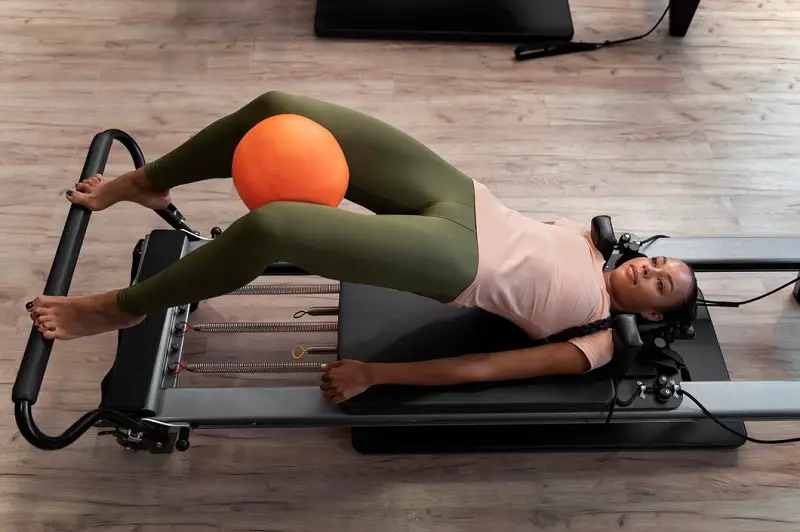
Sample Pilates Reformer Workout Plan
Warm-up
Begin your Pilates Reformer workout with a dynamic warm-up to prepare your body for exercise. This may include exercises such as leg circles, arm circles, spine stretches, and pelvic tilts. Focus on loosening up tight muscles and increasing blood flow to the muscles you’ll be targeting during your workout.
Main Workout
- Lower Body Focus Exercises: Start with exercises such as leg presses, lunges, and hamstring curls to target the muscles of the lower body. Use the resistance of the Reformer springs to challenge your strength and endurance while maintaining proper form and alignment.
- Upper Body Focus Exercises: Move on to exercises that target the muscles of the upper body, including the arms, shoulders, and chest. Examples include chest presses, shoulder presses, and bicep curls. Adjust the resistance of the Reformer springs to match your strength level and ensure proper muscle engagement.
- Core Strengthening Exercises: Incorporate core strengthening exercises such as the Hundred, the Teaser, and the Plank to engage the muscles of the abdominals, obliques, and lower back. Focus on maintaining a stable core throughout each exercise to maximize effectiveness and prevent injury.
- Flexibility and Mobility Exercises: Finish your workout with a series of stretches and mobility exercises to improve flexibility and joint range of motion. Focus on lengthening tight muscles and releasing tension in areas such as the hips, hamstrings, and shoulders. Hold each stretch for 20-30 seconds and remember to breathe deeply to enhance relaxation.
Cool-down
Complete your Pilates Reformer workout with a gentle cool-down to help your body transition back to a resting state. Perform static stretches for major muscle groups, focusing on deep breathing and relaxation. Take this time to reflect on your workout and appreciate the hard work you’ve put in to improve your fitness and well-being.
Advanced Pilates Reformer Workout Techniques
Progressions and Modifications
As you become more familiar with Pilates Reformer exercises, you may want to challenge yourself with more advanced techniques and progressions. Experiment with variations of familiar exercises, such as adding pulses, holds, or increased resistance to increase the intensity and effectiveness of your workouts. Additionally, consider incorporating props such as resistance bands, stability balls, or foam rollers to add variety and target specific muscle groups.
Incorporating Props and Additional Resistance
Props can be used to add variety and challenge to your Pilates Reformer workouts. Resistance bands can be attached to the Reformer to provide additional resistance for exercises such as leg presses and arm pulls. Stability balls can be used to add instability and engage stabilizing muscles during exercises such as planks and lunges. Foam rollers can be used for balance and proprioception training, as well as for self-myofascial release to alleviate muscle tension and improve flexibility.
Tips for Maintaining Proper Form and Alignment
Maintaining proper form and alignment is crucial for maximizing the effectiveness of your Pilates Reformer workouts and preventing injury. Focus on engaging the core muscles and stabilizing the spine throughout each exercise, and avoid overarching or rounding the back. Keep the shoulders relaxed and away from the ears, and maintain a neutral pelvis position to avoid strain on the lower back. If you’re unsure about proper form, consider taking a few sessions with a certified Pilates instructor to receive personalized guidance and feedback.
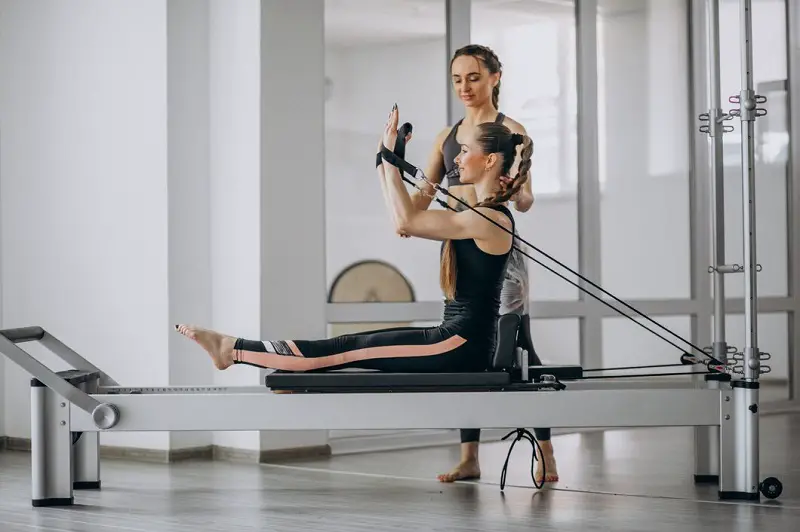
Tracking Your Progress
Importance of Tracking Progress
Tracking your progress is essential for staying motivated and monitoring improvements in strength, flexibility, and overall performance. Keep a workout journal or use a fitness tracking app to record details such as the exercises you performed, the number of repetitions and sets, and any modifications or progressions you made. Tracking your progress over time will allow you to see how far you’ve come and identify areas where you can continue to improve.
Utilizing Fitness Journals or Apps
There are many fitness journals and apps available that can help you track your Pilates Reformer workouts and progress. Look for a journal or app that allows you to easily record your workouts, track your progress, and set goals. Some apps even offer built-in workout routines and video demonstrations to guide you through your workouts. Find a system that works for you and commit to tracking your progress consistently to stay accountable and motivated.
Tips for Success
Staying Consistent
Consistency is key when it comes to seeing results from your Pilates Reformer workouts. Aim to incorporate regular sessions into your weekly routine, whether it’s two to three times per week or more. Consistency will not only help you make progress toward your fitness goals but also build healthy habits that will last a lifetime.
Listening to Your Body
Listen to your body and adjust your workouts accordingly. If you’re feeling fatigued or sore, take a rest day or opt for a gentler workout. Pay attention to any discomfort or pain during exercises and modify as needed to avoid injury. Remember that progress takes time, and it’s okay to take things slow and gradually build up intensity and duration as your strength and fitness improve.
Incorporating Variety
Keep your Pilates Reformer workouts fun and engaging by incorporating variety into your routine. Experiment with different exercises, equipment, and workout formats to keep your body and mind challenged. Consider trying a group class or private session with a certified instructor to learn new techniques and receive personalized guidance. The more variety you introduce into your workouts, the more likely you are to stay motivated and see continued progress.
Conclusion
Incorporating Pilates Reformer workouts into your fitness routine can help you achieve a stronger, more flexible, and balanced body. By understanding the basics of Pilates Reformer exercises, creating a personalized workout plan, and staying consistent with your workouts, you can reap the many benefits of this effective and versatile form of exercise. Whether you’re a beginner or an experienced practitioner, there’s always room to grow and challenge yourself on the Pilates Reformer. So why wait? Elevate your fitness game today and experience the transformative power of Pilates.
Top FAQs about Pilates Reformer Workouts
Yes, Pilates Reformer workouts can be modified to suit individuals of all fitness levels, including beginners. It’s essential to start with basic exercises and gradually progress as strength and flexibility improve.
The frequency of Pilates Reformer workouts depends on your fitness goals and schedule. Aim to incorporate sessions into your routine at least two to three times per week for optimal results.
While prior experience with Pilates can be helpful, it’s not necessary to try the Reformer. Many beginners find the Reformer to be a fun and effective way to introduce themselves to Pilates exercises and improve their overall fitness level.

